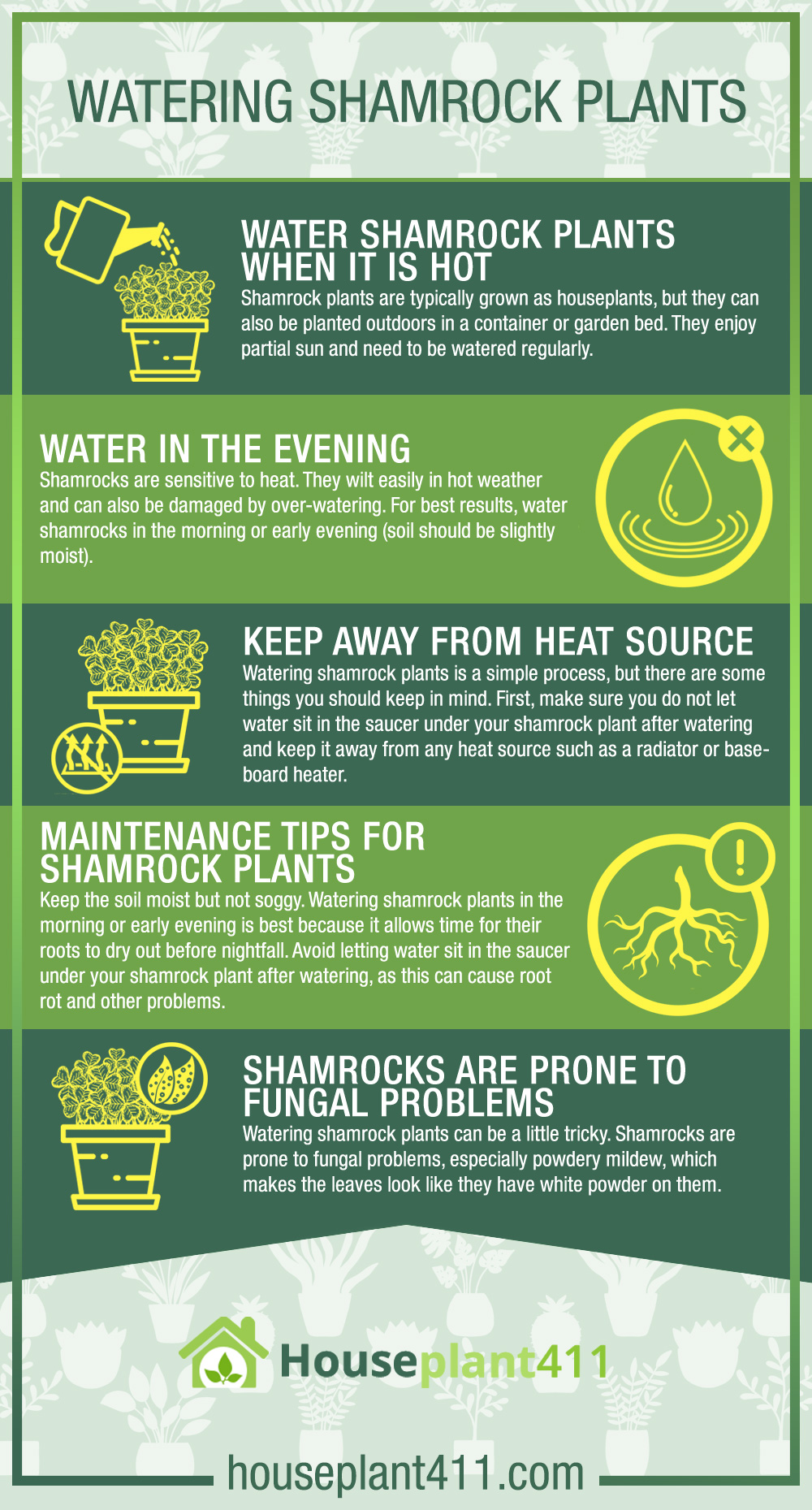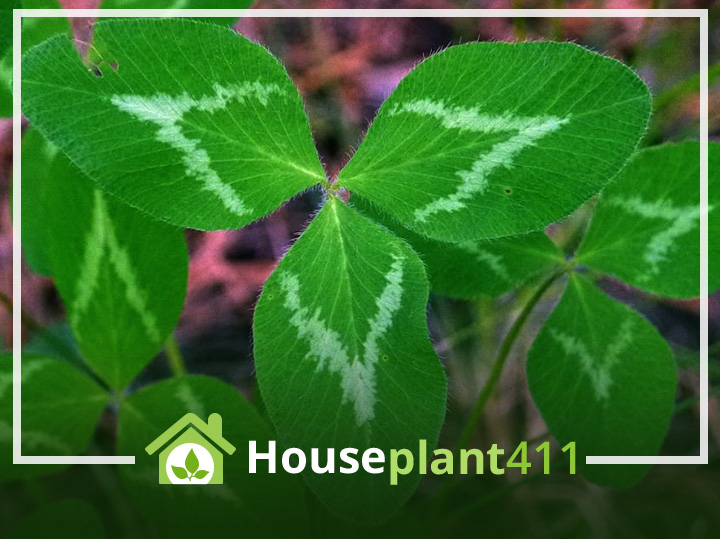The shamrock plant is a beautiful, easy-care plant that makes for great decorations and home décor. It needs only the most basic of care and can even survive in harsh conditions. The shamrock plant grows best when you give it a little extra water at the beginning of its growth cycle but then let it take care of itself.
In this article, we’ll talk about what kind of soil you should use to grow shamrocks, how often to water them, and other tips for growing these plants successfully indoors or outdoors. Stay with us as we teach you the way for watering shamrock plants.
What are Shamrock Plants?
Shamrocks are a type of clover native to Europe and Asia. They’re hardy and easy to grow, which makes them ideal for beginners looking to get their feet wet in the world of gardening. Shamrocks are drought tolerant–they prefer full sun but will also tolerate partial shade–and attractive to bees and butterflies, so if you’re looking for an easy way to help pollinators thrive in your garden, this could be it!
Shamrocks have a long blooming season as well (from spring through fall), making them perfect for adding color year-round. You can even grow shamrocks in containers if you want something more portable than traditional garden plants like tomatoes or kale!
Water shamrock Plants When It is Hot
Shamrock plants are typically grown as houseplants, but they can also be planted outdoors in a container or garden bed. They enjoy partial sun and need to be watered regularly. Water shamrock plants during the hottest part of their day, which is typically early morning or late afternoon.
Avoid watering them in the morning because this will cause wilting; likewise, avoid watering them at night due to the chance that it will encourage fungal problems such as mold and mildew to form on your plant’s leaves (which may lead to leaf rot).
Keep Water off the Leaves
You should keep the water off the leaves to avoid fungal problems such as powdery mildew. You can do this by using a drip system or watering can with a long spout that allows you to reach the soil without hitting your shamrock plants’ foliage.
If you need to use a hose, try placing mulch around the base of your plant and then running it along the edge of that mulch so that any excess moisture is absorbed by this material instead of soaking into its leaves (which would cause damage). The same goes for standing pools of water after watering–don’t let them sit on top of your shamrock plants!
Water in the Evening
Watering shamrock plants in the morning or early evening, when they are cool, to prevent wilting and rot.
Shamrocks are sensitive to heat. They wilt easily in hot weather and can also be damaged by over-watering. For best results, water shamrocks in the morning or early evening (soil should be slightly moist).
Keep Away from Heat Source
Watering shamrock plants is a simple process, but there are some things you should keep in mind. First, make sure you do not let water sit in the saucer under your shamrock plant after watering and keep it away from any heat source such as a radiator or baseboard heater. This can cause root rot to develop on your plant, which will kill it if left untreated.
Shamrocks require moist soil but not necessarily wet soil so be sure not to over-water them either! If you see that they start to droop at all then give them a little extra water until they perk back up again (just don’t overdo it).
The best way to know how often and how much to water your shamrocks is by monitoring their leaves; if they become limp or begin curling up at all then it’s time for another drink!
Maintenance Tips for Shamrock Plants
Shamrock plants are easy to care for, but there are a few things you should know about watering shamrock plants.
Keep the soil moist but not soggy. Watering shamrock plants in the morning or early evening is best because it allows time for their roots to dry out before nightfall. Avoid letting water sit in the saucer under your shamrock plant after watering, as this can cause root rot and other problems.
Choose a pot that has drainage holes at its base so excess moisture can drain away from its roots and into the soil below where it belongs! Don’t use pots with no drainage holes because they will only make matters worse by trapping extra moisture around your plant’s tender feet (which aren’t supposed to be exposed directly onto concrete floors).
Also, remember: Shamrocks hate cold weather – if temperatures drop below 50 degrees Fahrenheit during winter months, then move them indoors until spring arrives again next year!
Shamrocks are Prone to Fungal Problems
Watering shamrock plants can be a little tricky. Shamrocks are prone to fungal problems, especially powdery mildew, which makes the leaves look like they have white powder on them. You should avoid watering your plant during the day and instead water it in the morning or evening. This will help prevent any fungus from growing on your shamrock’s leaves.
If you do notice signs of powdery mildew on your plant, try removing all of the affected leaves immediately so that they do not spread any further into other parts of your garden or home (and onto other plants).

Conclusion
The shamrock is a beautiful plant that can bring color to your home and make it feel more welcoming. It’s easy to care for and will give you many years of enjoyment if you follow these tips. We hope you can learn the process for watering Shamrock plants through this article and can take the necessary steps now.

